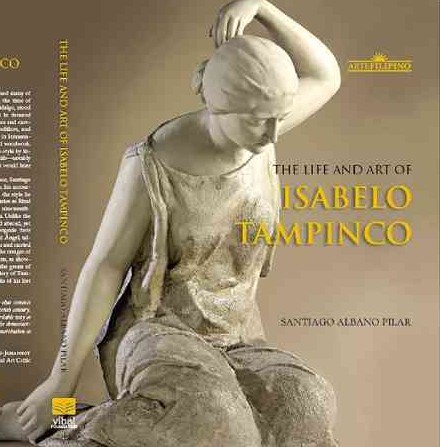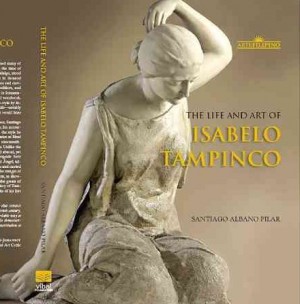 Obscurity is the lot of many excellent artists, and it has been the historic lot of sculptor Isabelo L. Tampinco (1850-1933).
Obscurity is the lot of many excellent artists, and it has been the historic lot of sculptor Isabelo L. Tampinco (1850-1933).
Tampinco carved some of the Philippines’ greatest pieces, such as the famous façade of the Manila Cathedral; the high-relief on the old Santo Domingo Church’s molave door; the main altar of the Laoag Cathedral; the exteriors and interiors of the Executive House; and much of ornamental architectural details of the old San Ignacio Church in Intramuros.
Despite the ubiquity of his works in public and ecclesiastical edifices in Manila and elsewhere, he’s not well-known to the general public.
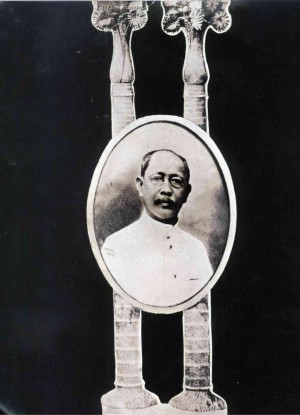
Part of the reason is the paradox that, while his works are ubiquitous, many of them are rare. They have been destroyed by war, the elements, and the vicissitudes of history.
In spite of all this, many of them remain in their original splendor, although buried under layers of soot, age and neglect.
Perhaps the last element is the most destructive. Art scholarship in the Philippines has neglected Tampinco. Art studies hasn’t exactly done justice to many of the Filipino proto-artists like Tampinco for the simple reason that historical spade work would require researchers to learn Latin-based European languages, in which many archival documents and even newspaper reports were written during the Spanish colonial era and even the American period.
Moreover, their penchant for tendentious political readings of material culture means that art scholars would rather theorize than do humble and effective research. It’s the tyranny of theory. Mas nauuna ang hangin kaysa gawain.
Definitive book
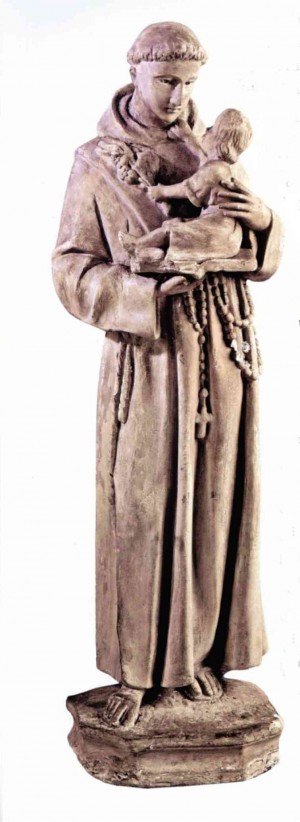
Thank God then for art historian and scholar Santiago Albano Pilar. With acclaimed researches and monographs on Juan V. Luna, Domingo Celis and Tampinco and his sons, Pilar has long threatened to write the definitive book yet on the master sculptor.
The threat might have shown signs of dissipating in the past years, but last year, Araceli and Ernie Salas of Genesis Gallery, who have an enviable collection of sculptural works by Tampinco (as well as works attributed to his family and atelier), came up with the announcement: The threat would finally be realized.
Published as part of Arte Filipino series of books on important Philippine artists by the Vibal Foundation and the National Museum, “The Life and Art of Isabelo Tampinco” by Pilar will be launched on Aug. 22, 10 a.m., at the National Museum.
In scholarly yet well-written and very engaging text, as well as expertly photographed images, the book shows the length and breadth of Tampinco’s achievements.
The artist’s well-conceptualized busts, highly classically designed figures and motifs would have sufficed perhaps for a coffee-table art book, but, as Pilar points out, an “aesthetic showcase” would not give justice to Tampinco.

“There is much to be learned by looking at the artist and his work in the context of the times in which he lived, and the art world which helped form him,” Pilar writes.
And Tampinco lived in very interesting times. He was a contemporary of José Rizal, whom he knew and met personally (they became classmates at Escuela de Artes y Oficios). His fame straddled two words (the Spanish and American colonial eras) and three continents (Asia, Europe and North America—perhaps four continents if one considers that ‘costrumbrismo’ was also a Latin American movement).
Mastery of Neoclassicism
His art coming to its own in the waning years of Spanish colonization, Tampinco showed mastery of Neoclassicism while evolving a distinct Philippine sculptural idiom that reached its full fruition in the American years.
His mastery of European Neoclassicism was confirmed when he won the diploma de honor and silver medal in the Exposicion General de las Islas Filipinas in Madrid in 1887.
Much earlier, in 1876, when he was only 25 years old, his sculpture had been chosen to be one of the Philippines’ representative woks to the Universal Exposition in Philadelphia, held to celebrate the centennial of American independence.

Tampinco’s entry to the Madrid expo was, according to Pilar, a booth which provided a survey of his key works—seven religious images in ivory, wood or terra-cotta, and miniature models of the ornamentation he did for the architectural details of San Ignacio Church, which was in construction at that time. The work he did for the church, which was to be destroyed by the Second World War, was to become his “crowning glory,” according to the book.
“It was thus obvious to any viewer of the Exposicion,” Pilar continues, “that Isabelo Tampinco was the Philippines’ premier maestro of sculpture, who had filled up the ceilings, walls and columns of churches, palaces and houses in his country with elegant sculptures and architectural ornaments, masterpieces that had brought him in comparison with the titans of European sculpture, his idols Michelangelo and Gianlorenzo Bernini.”
Fresh idiom
Notable in this book is Pilar’s scholarship, particularly his attempts to situate Tampinco’s genius in the context of artistic, intellectual, educational and socio-economic developments in the mid-19th century, and even earlier in the Spanish colonial era. And on to the American era, when Tampinco went on to incorporate Art Nouveau elements in his works, particularly his furniture and frames.
It is to the credit of Pilar’s scholarship that he’s able to show how the sculptor’s art came to its own and evolved into the estilo Tampinco, not a mere Philippine reinvention of costumbrismo but an idiom that is its own sole freshly created universe, moored on the historical moment, social milieu and artistic vision of Tampinco.
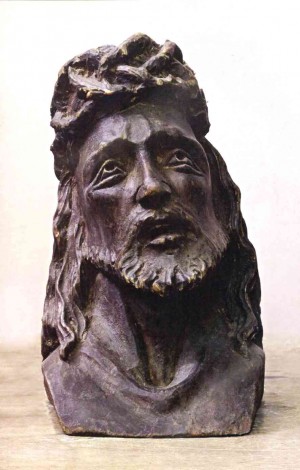
Based on his interview in the Independent newspaper in 1929, four years before he died, Tampinco, speaking in Spanish, said that despite his Classical roots and preference, he had evolved a style with “oriental Filipino sensibility” and a “national stamp.” He added he consciously used Filipino motifs drawn from tropical flora and fauna to provide that sensibility.
Even Victorio Edades, the leader of the modernists, wouldn’t quarrel with that. In fact, he had the highest regard for Tampinco.
In 1935, doing the mural “Mother Nature’s Bountiful Harvests,” with fellow modernists Carlos “Botong” Francisco and Galo Ocampo, Edades wove into the canvas highly rich details of anahaw leaves, the trunks, stalks and leaves of the papaya, and bunches of bananas as emotive and decorative elements.
Isabelo Tampinco has triumphed with his legacy; estilo Tampinco has become estilo Filipino.

